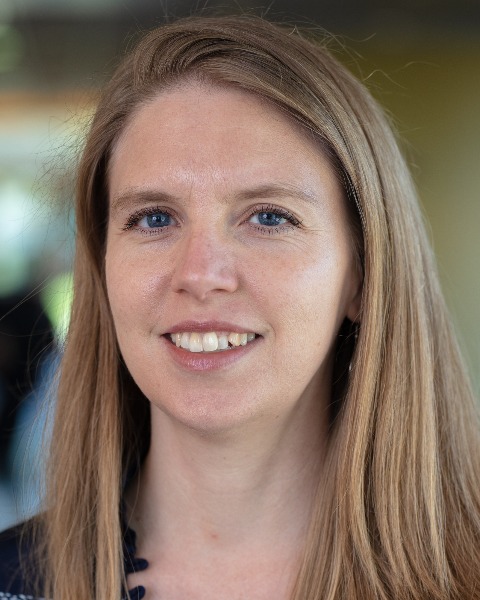Research (R)
(PP1324) Effect of Temporal Acuity Through Speaking Rate by English Speakers and Spanish-English Bilinguals
- MH
Miwako Hisagi, AuD, PhD
Assistant Professor
California State University, Los Angeles
Los Angeles, California, United States .jpg)
Annett Presmic Acosta, BS
Student
California State University-Los Angeles
Downey, California, United States
Mike Zandona, BA
Student of Audiology
University of South Florida
Tampa, Florida, United States- JK
Justin Kent, BA
Occidental College, United States

Eve Higby, PhD
Assistant Professor
California State University, East Bay
Hayward, California, United States- KT
Keiichi Tajima, PhD
Professor
Hosei University
Tokyo, Japan
Lead Presenter(s)
Presenter(s)
Summary:
The Spanish-speaking population in the U.S. continues to grow. Understanding the factors influencing auditory processing in this population is essential to develop strategies to assess and prevent potential language comprehension decline. Bilinguals may use different strategies for processing auditory information, especially in their second-learned language, and that might necessitate different types of assessments and interventions for them. We investigated the auditory processing abilities for phonemic length contrasts by native English speakers and Spanish-English bilinguals of varying age. These findings have implications for auditory processing among Spanish-English bilinguals with age-related sensorineural hearing loss (SNHL), whose ability to rely on spectral and/or temporal information in the auditory signal may decline.
Previous research on speech perception in bilinguals indicates Spanish-English bilinguals use perceptual-acoustic properties during English speech perception differently from English monolinguals (Hisagi et al., 2021). The overall lower discrimination performance for late Spanish-English bilinguals is likely related to their inability to make use of durational cues. A recent study by Hisagi et al. (submitted) explored the perception of three types (vowel, consonant, syllable) of Japanese temporally-cued contrasts by native speakers of English and Spanish and found that English monolinguals performed better than bilinguals. Japanese and English listeners have an audio-processing advantage over Spanish listeners because both languages use temporal cues to differentiate word meanings while Spanish does not.
Auditory processing strategies are also affected by speech rate. Wilson et al. (2005) explored the long/short perceptual boundary for Japanese contrasts at three different speaking rates (fast, normal, and slow) in blocked and mixed conditions using non-word vowel and consonant stimuli. English speakers performed more poorly at faster rates and in the mixed condition.
This study examined auditory temporal sensitivity in native and non-native listeners using a single-stimulus two-alternative forced choice identification task that measured duration identification using the identical word stimuli from Wilson et al. (2005). In an online study, we investigated how American English-speaking monolinguals (AE) and Spanish-English bilinguals who learned English early (SPE) or late (SPL) perceive temporally-contrasting Japanese words. Different types of bilinguals were included to investigate how different types of language experiences among bilinguals influence speech perception.
Preliminary results from 58 listeners aged 19-41 years (25 AE, 18 SPE, 10 SPL, 5 Japanese controls) showed that listeners tend to adapt their perceptual boundaries to speaking rates, but the strategy differs for bilinguals and monolinguals, especially for consonants. Counter-adaptation occurs if the perceptual boundary is based on the absolute duration of the phonemic segment while adaptation occurs if the perceptual boundary is based on the duration of the phonemic segment relative to the rest of the word. Both Japanese and English monolinguals showed a counter-adaptation approach, but bilinguals showed a mix of the two approaches.
These findings can contribute to improving clinical care of older bilinguals with SNHL.
Learning Objectives:
- describe the contributions of speaking rate and bilingualism to the perceptual temporal acuity of phonemic length contrasts for vowels and consonants.
